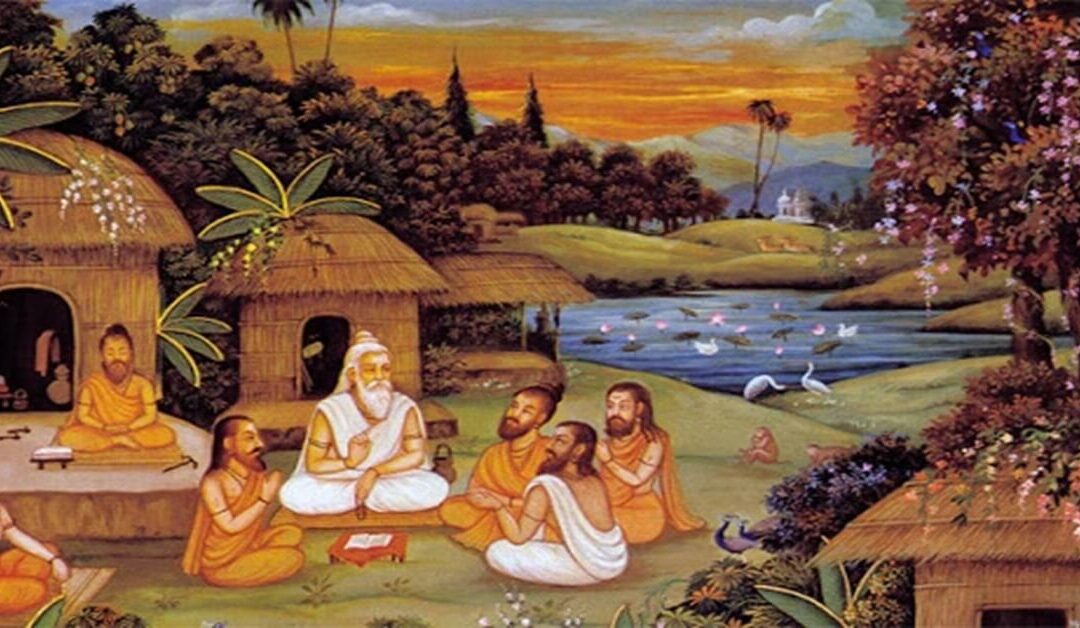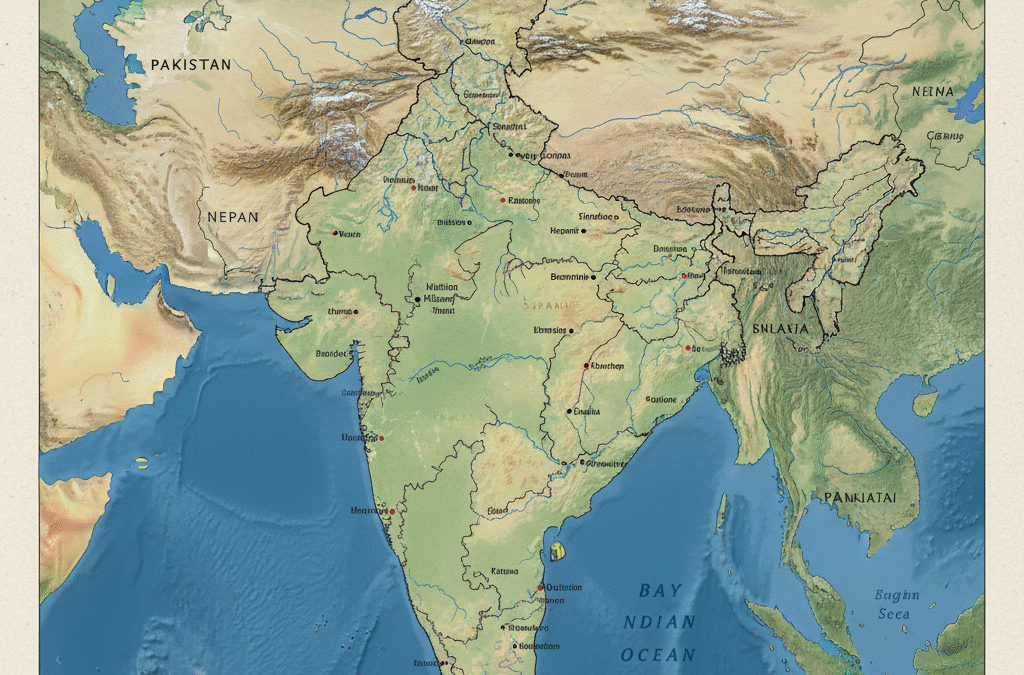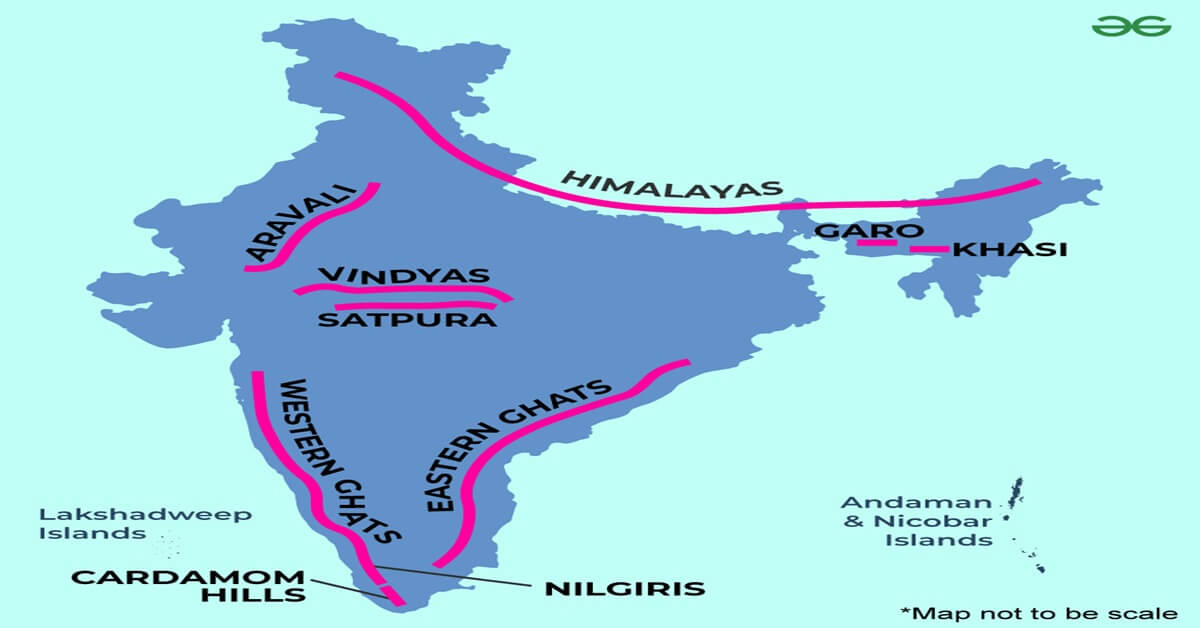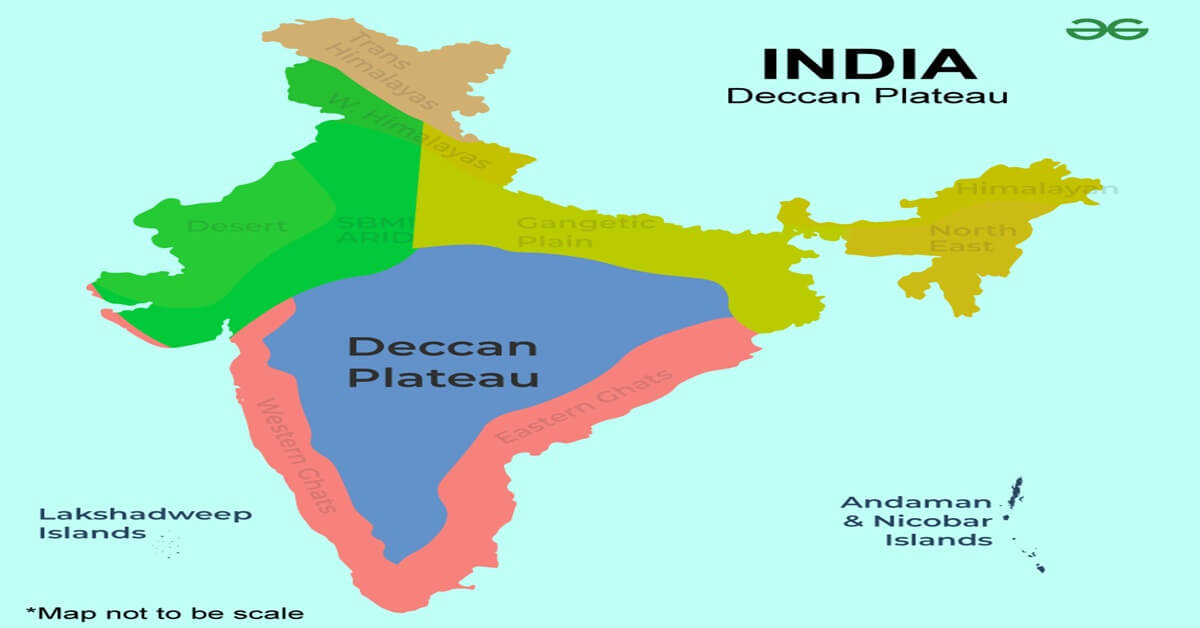
Pre-Vedic Period
The Early Vedic Period (1500 BCE – 1000 BCE) marks a foundational stage in Indian history, when the Indo-Aryans settled in the northwestern regions of the subcontinent. This era, primarily known through the Rigveda, provides valuable insights into the social, political, and religious aspects of life during that time. Society was organized on kinship and family ties, with a largely pastoral and semi-nomadic lifestyle gradually moving toward agriculture. Politically, clans were led by chiefs (rajan), supported by assemblies such as the Sabha and Samiti, which played important roles in decision-making. Religious life revolved around nature worship, sacrificial rituals (yajnas), and hymns dedicated to deities like Indra, Agni, Varuna, and Surya. Together, these features reflect a simple yet dynamic phase of Indian civilization, laying the groundwork for later cultural, social, and religious developments.
a) Political system:
Clan states:
At the beginning of the Pre-Vedic period, clan states were established. Each clan had its own kingdom. There are names of clans such as Bharata, Kuru, Yadu etc. There were struggles between the clan states for establishing power. A unit consisting of several villages was called a subject and the ruler of the subject was called a vichyapati. Gradually, small kingdoms came to flourish. The states were called Rashtra and their head was called Rajan.
Selection of the King:
The selection of the king was usually hereditary. But sometimes the king was elected. The king had unlimited powers. The origin of kingship is mentioned in the ‘Aittarya’ Brahmana and it is said that ‘kingship arose for the daily needs of man and for the needs of military defense’.
Ministers and important officials:
The king had a council of ministers to assist him in the administration. The ministers in this council were qualified and experienced, pure and of high character. The king needed ministers as much as the wheels needed to move a chariot. There were also administrative officials called the priest, the villager and the senani.
The priest performed the functions of the priesthood for the good of the state. The senani performed the defense of the state. The villager looked after the rural administration.
Sabha and Samiti:
The affairs of the Vedic state were attended by the famous assemblies called Sabha and Samiti. The Sabha and Samiti provided advice and instructions to the king. A.L. Bashyam has explained the importance of the Sabha and Samiti in his work ‘A Wonder That Was India’. The Sabha and Samiti were presided over by a ‘Sabhapati’. It is difficult to explain the specific functioning of the Sabha and Samiti.
b) Social life:
Several important features are found in the social system of the pre-Vedic period.
Nuclear family:
At the beginning of the Rigveda, there was a ‘joint family’. Here, the father, mother and children lived in the same house. Towards the end of the Rigveda, as the concept of property developed, the joint family system was seen to have developed.
Patriarchal family:
Another important feature of the social system was the structure of the patriarchal family. After the death of the father, the eldest son came to power.
Position of women:
Like men, women also had an important position in society. Women were allowed to study the Vedas like men. Women like Lopamudra, Vishwavara, Apala were scholars.
Caste System:
It is difficult to say for sure whether the caste system existed or not. It is believed that there were two castes during this period, Kshatra and Visha.
Clothes and Ornaments:
They wore cotton and woolen clothes. The clothes of men and women were divided into upper and lower garments. Men and women were fond of ornaments. They wore various ornaments made of gold and silver.
Marriage System:
Both monogamy and polygamy existed. Kings were polygamous. Dowry was common and sometimes bride-price was also seen. The main purpose of marriage was to have a male child.
Food and Drinks:
A mixed diet was observed. Wheat, barley, butter, ghee, and vegetables were used while animals like sheep, goat, and chicken were used for meat. They consumed intoxicating drinks called Somarasa and Sure.
Entertainment:
They played indoor and outdoor games for entertainment. Chess and Chaukabara were indoor games, while hunting, chariot racing, horse racing, etc. were outdoor games.
c) Economic Life:
The economic system of the Aryans of the Rigvedic period was based on some major occupations and several sub-occupations. Major occupations: Agriculture, trade, and animal husbandry were the main occupations.
Agriculture:
This was one of the main occupations of the Rigvedic period. They cut down the forest and created arable land. They used a plow to plow the land. Bullocks were used. Barley was the main crop. It is called `Yava’.
Animal husbandry:
Another main occupation of this period was `Cow’ which was sacred. The cow was called `Aghna’. Beef consumption was prohibited. Killing a cow was punishable by death. Horses were used more and donkeys, sheep, and goats were also raised.
Trade:
Internal and international trade existed. A barter system existed in trade and cows were used for exchange. Bullock carts, chariots, and boats were used for transportation of goods. Both land and water transport were developed.
Sub-occupations:
The people of Vedic culture relied on several sub-occupations for their livelihood. Spinning, weaving, jewelry making, handicrafts, etc. were sub-occupations.
d) Religious life:
The religious life of the Aryans of the pre-Vedic period included many important aspects.
Nature worship:
The worship of nature was prominent in the early religious life of the Aryans. They worshipped 33 gods and goddesses found in nature. Such deities were divided into three categories.
1. Earth gods
2. Heaven god
The main deities of worship:
Indra, Agni, Vayu, Prithvi, Varuna, Ushas were the main deities.
Sacrificial rites:
An important aspect of the development of the religious system of the Pre-Vedic period was the emergence of sacrificial rites. The special worships of the priests that came into existence in the Pre-Vedic period and the chanting of mantras during such worship formed the sacrificial rites. The belief that by performing sacrificial rites, peace, good fortune and salvation are attained in this life became strong. Against this background, sacrificial rites were found to be predominant. Although such sacrificial rites were a heavy financial burden for the common people, their performance was considered indispensable. In the Pre-Vedic period, seven priests played a major role in the religious system.
Sacrificial rites:
After the performance of sacrificial rites, animals were sacrificed to the desired deities. Cow slaughter reduced the wealth of cows. Guests who came during the yajna were called Gogna. ‘Gogna’ means one who eats cows. Gradually, eating cows was considered a great sin and religious rites were performed to protect them.
Literature of the Rigvedic period:
Only the ‘Rigvedic’ literature was composed during the Rigvedic period. More information about this has been given earlier. See the section ‘Foundations of the formation of Aryan culture’.
Science:
The people of the Rigvedic period were familiar with the medical system. Details about many diseases and the herbal medicines used for them and the mantras and techniques for curing them have been found. There are details about many diseases like tuberculosis, leprosy, jaundice, amashanke, aralu sand etc. in the Rigveda. Along with medicine, surgical treatment was used. Those who lost their legs while fighting in wars were surgically attached with iron legs. Doctors successfully cured wounds and snake bites. There was a little bit of introduction to astronomy. They observed the movement of stars. They discovered. During the Rigveda period, 12 months of 30 days were considered a year.




